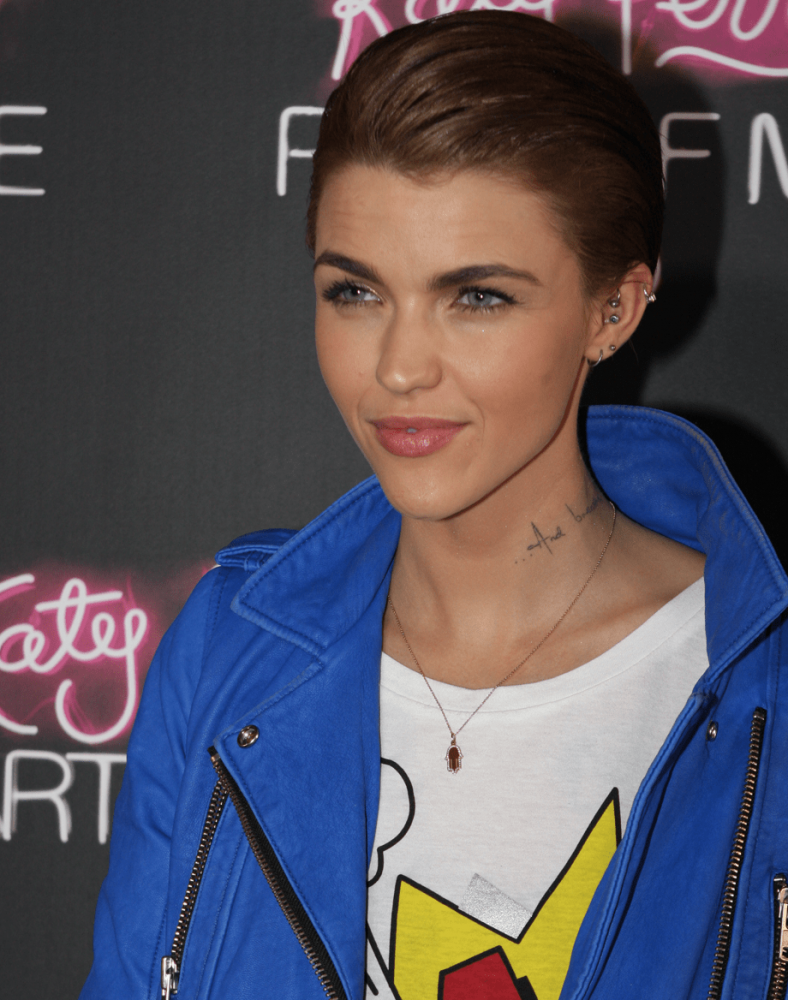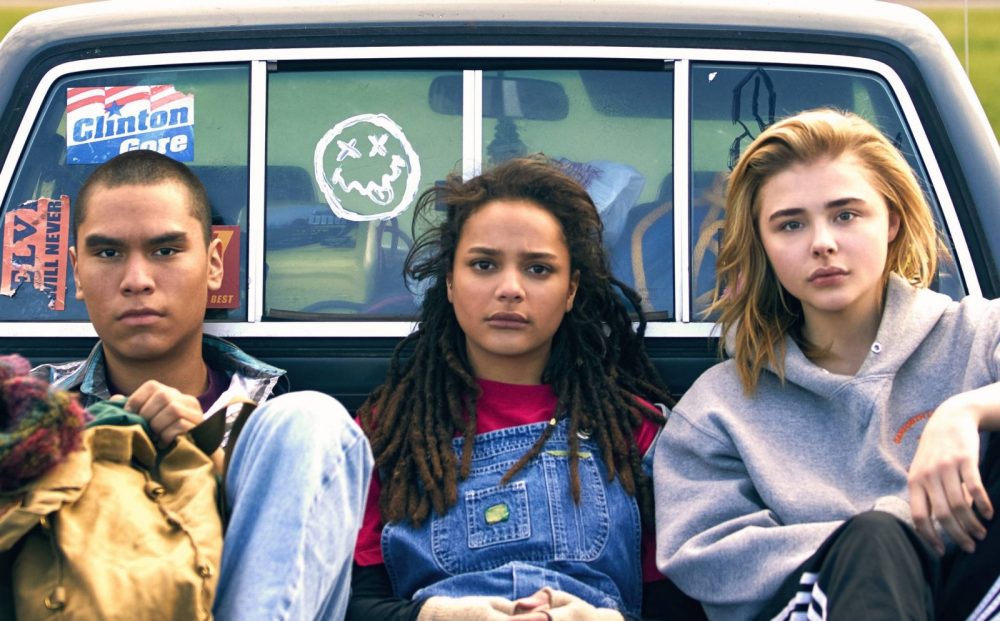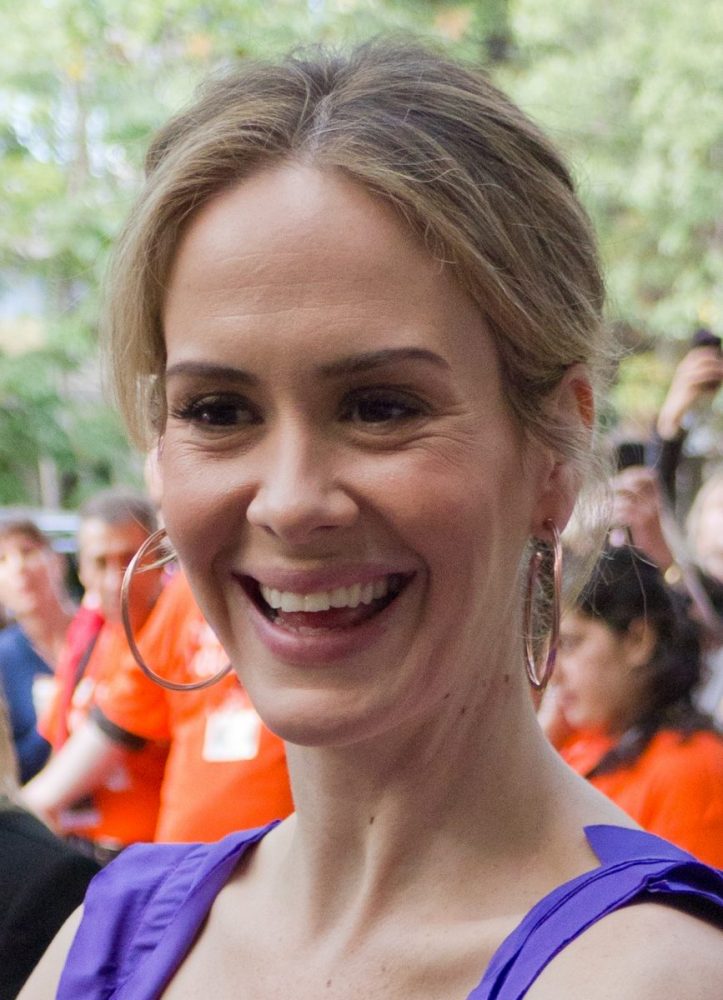A British LGBTQIA+ actor shares her vision for on-screen diversity.
I grew up moving from country to country as a child. Every one to three years, we’d pack up, and I’d be in a new environment. I loved it. But the most important thing I took away from that experience? Oblivion.
No, not the ‘total-destruction’ type of oblivion, I mean the ‘complete-unawareness’ kind. Let me explain: when I went to school in Kiev as a teenager, the administration prided itself in representing more than 40 nationalities among its pupils; but the truth is, none of us noticed. We were more concerned with figuring out whose parents were in the mafia (yes, really) than where people came from.
Why did none of us care about each other’s nationalities? Exposure. For us, there was no majority or minority. Some of us were white, some of us happened to be gay and some of us got into trouble for wearing skirts that were too short (a discussion I’ll save for another time, I think!). It didn’t matter, because we were kids who gave each other shit for being kids. No one in school decided to be politically correct and treat everyone equally; we just knew from spending time with each other that skin tones and sexual preference weren’t what made someone a great friend or a total dick.
Exposure, in my humble (read: unprofessional) opinion, is an important key to tackling intolerance towards race, LGBTQIA+ individuals, persons with disabilities, people of different economic standings… the list goes on.
At the end of the day, bigotry stems down to someone hating someone they do not know and cannot relate to.
In the film industry, many actors I’ve come across have been LGBTQIA+ in some way or another – including myself. There’s no shortage of icons to look up to. Just think of Sarah Paulson, Jodie Foster, Ellen Page, Gillian Anderson, Ruby Rose… sheesh, I could list for days.
And because so many of us are LGBTQIA+, sexual preference in our circles is not unusual or something that segregates us, as it could in other environments. It’s just part of the community we’re surrounded by.
But if someone’s immediate surroundings aren’t particularly diverse, that environment can be replicated on screen. The more audiences are exposed to marginalized communities, the less they are foreign to them.
Let me set a concrete example: if we have a protagonist in a brilliant story that just happens to be transsexual and is having trouble with a difficult teenage son, audiences can relate to that. Every parent has gone through a time in their lives when they’re on the verge of ripping their hair out because of their teenager (I certainly know my parents did; they remind me of it every day).
Or, if we see a character who happens to have cerebral palsy, but is struggling to find the right words to text someone they’re attracted to, we empathize; because only the most confident people haven’t mulled over the same words over and over again when texting a crush.

Suddenly, the character’s sexual orientation or the disability is not a barrier to being relatable – the film (or TV show) has found a familiar common ground. We’re all human.

But the argument for diversity stretches far beyond creating a more open-minded world – it’s about representation, and finding role models. People need characters they can relate to and look up to – someone they look like, speak like, behave like, think like. It can make the difference between feeling lost in the world and ashamed of your identity and being empowered and finding your feet.
A brilliant show called Pose broke records this year for having the largest transgender cast on TV. A little film called Black Panther smashed the box office and proved to be the highest-grossing solo superhero movie of all time. The Miseducation of Cameron Post won this year’s grand jury prize at Sundance Film Festival. Crazy Rich Asians has been dominating the US box office for the last three weekends.
-e1611096882829.jpg)
Diversity on screen is not commonplace enough, but it is getting better. I remember watching Carol a few years ago and being transfixed by a Hollywood film with the two female lovers that actually had a happy ending (no, but really, guys: what’s up all these LGBTQIA+ love stories ending in desolation?). All these successful, well-received films and TV shows prove that stories about or featuring LGBTQIA+ relationships are long overdue.
And it will keep getting better as we continue to support representation on screen. My dream is that you’ll check back on this article in ten years’ time and laugh at how few examples I gave, since the film industry is swimming in them now.
So even if you don’t personally fit into a marginalized group, watch the film or TV show if only to see something new, something that hasn’t been done a thousand times before, something that might give you a new outlook on a life you haven’t lived. S’why we make movies. The more film and TV embraces inclusion, the more people can feel pride in who they are, and the more accepting the world can become. As gooey as it sounds, film and TV can change the world. So let’s make a difference.
P.S. Glad you’re still reading, Hollywood. In case you need a sexually fluid actor to play an LGBTQIA+ character (maybe alongside Sarah Paulson or Ellen Page? You know, no biggie…), you have my number.
